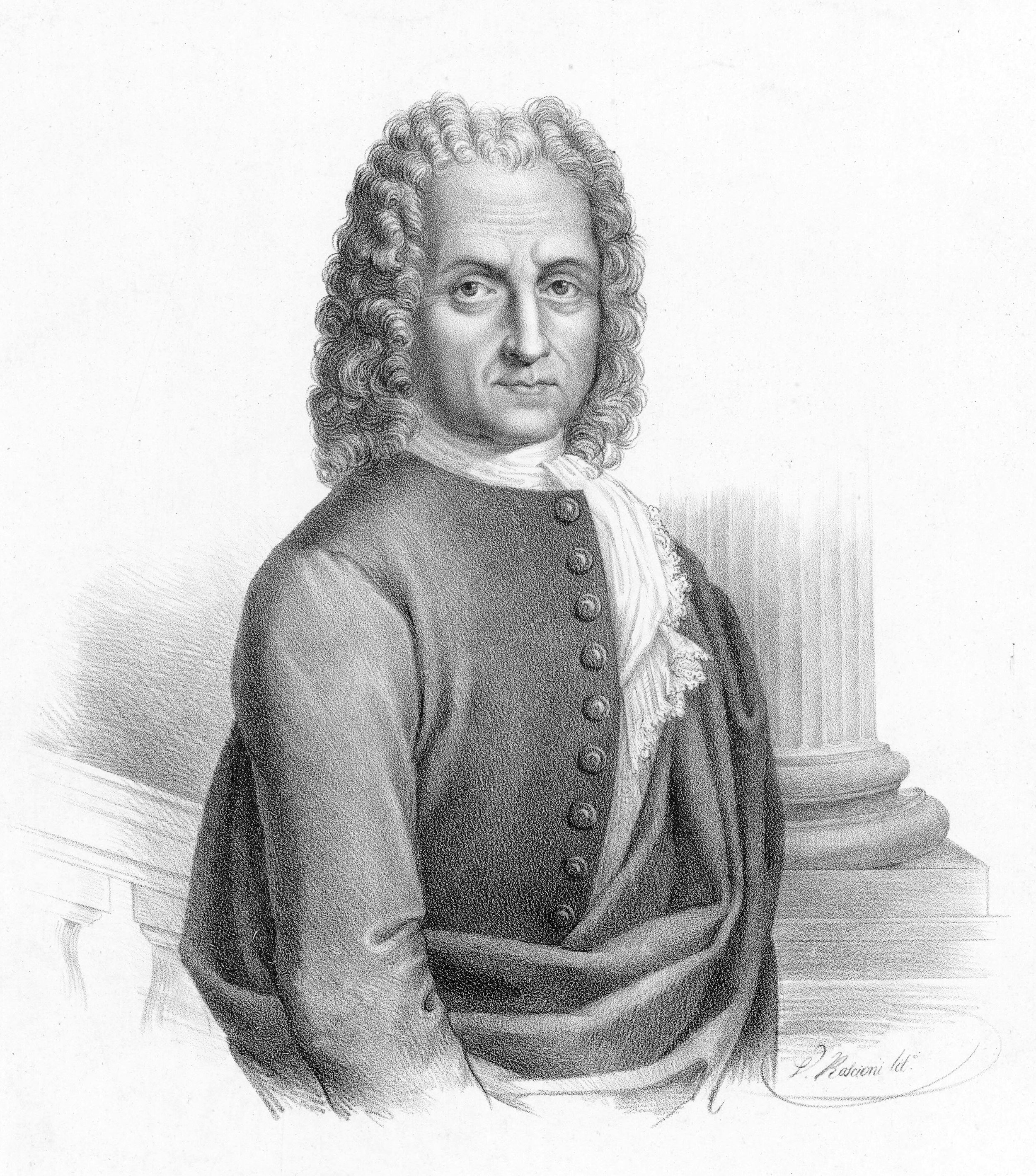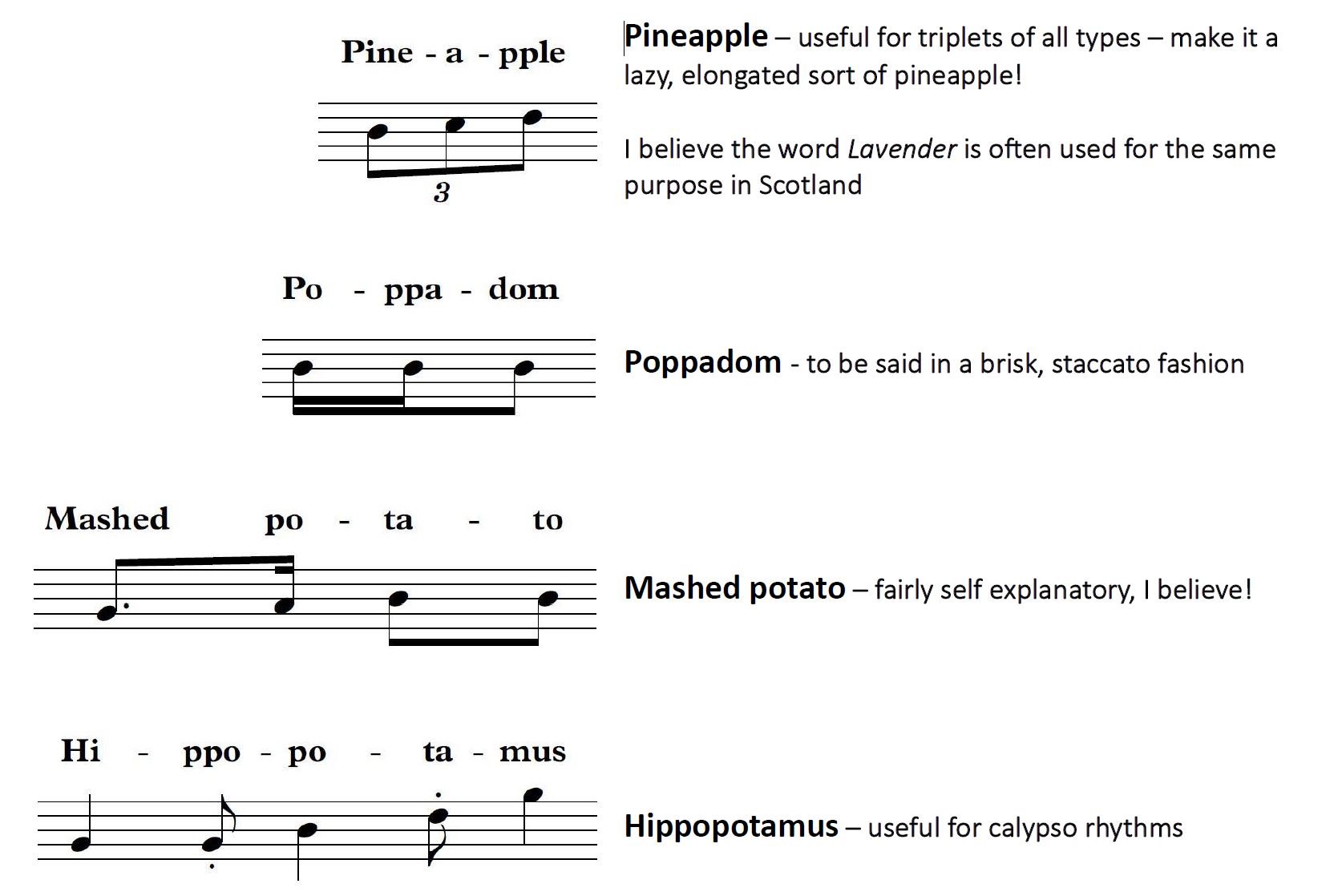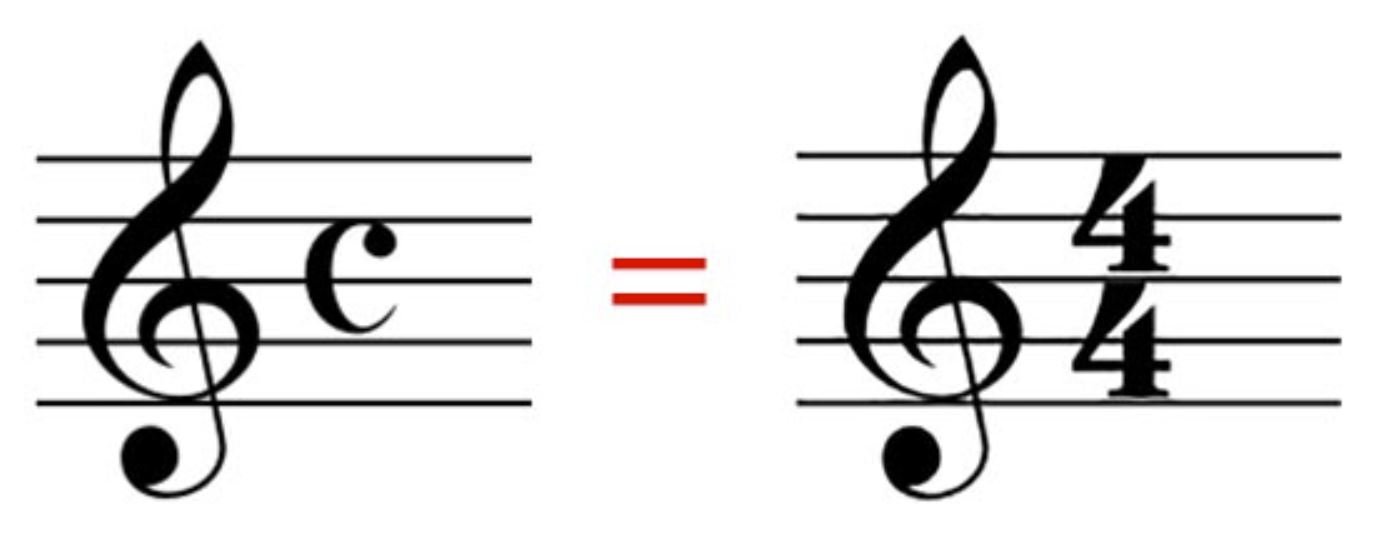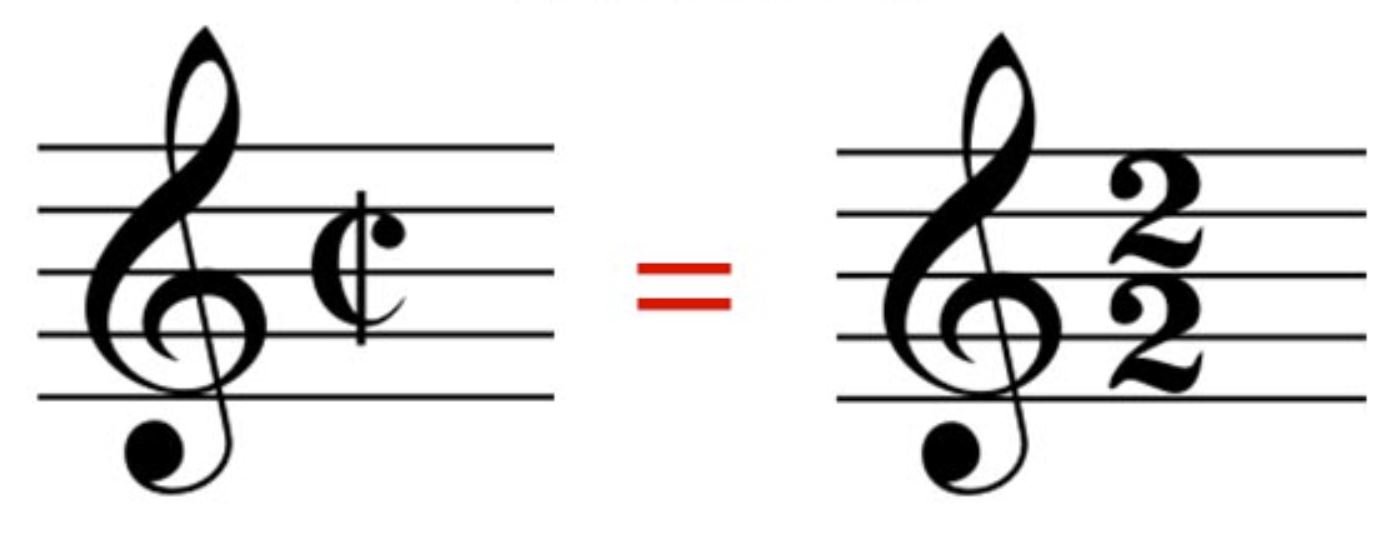If I ask you to name a Baroque recorder sonata, which composer would immediately spring to mind? Handel, or perhaps Telemann? They’re two of the biggest names of the Baroque era (what a shame Bach never composed any recorder sonatas to complete the trilogy!) but there were many others who also wrote for our favourite instrument.
In today’s blog we’re going to visit 18th century Italy to explore some marvellous repertoire from composers who were well respected in their day, but perhaps aren’t household names today. Some of these composers spent their lives working in their home country, but many visited London, which was arguably the place to be for musicians in the early 1700s, and some of them decided to stay.
It’s been such a pleasure diving into this musical world - at times elegant, often dramatic and always oozing with Italian style. I’ve come up with a playlist of seven recorder sonatas, but each one is part of a longer playlist too. I’ve included a link to each album and I hope perhaps you’ll bookmark them on YouTube so you can explore them further. All are available to stream/download too, and some of them as CDs, so I’ve included links to these too. So sit down with a cup of your favourite beverage (or perhaps a glass of chianti or a cappuccino?) and relax as I transport us to Italy.
If these inspire you to try them for yourself I’ve dug out links to the music for each sonata, which you can download and print. Many are also available as facsimiles of 18th century editions, which are fascinating in their own right. If you have some spare time, why not print out both versions so you can compare 18th and 21st century notation. Many of them are remarkably easy to read and I love the way these online resources allow us to go back in time and see the notation exactly as the composer would have known it.
Francesco Barsanti - Sonata in C major Op.1 No.2
Flute Sonatas from the Italian Baroque, Vol. 2 - Frans Brüggen (recorder), Gustav Leonhardt (harpsichord), Anner Bylsma (cello)
Listen to the complete album here.
Sheet music - Modern edition or 18th century facsimile
As recorder players we often borrow music from other instruments to expand our repertoire, but this can create problems. Sometimes the pitch has to be altered and the process of transcribing often results in music which feels less comfortable on the recorder. Happily, Barsanti’s music has none of these pitfalls. Not only were his six sonatas originally composed for the recorder, but the composer was also a talented player of the instrument and you really can tell.
Barsanti (1690–1775) trained as a lawyer in Padua but at the age of 24 he abandoned this career for a life in music, travelling to London, perhaps with composer Geminiani. A talented recorder player and oboist, he quickly found a role in the Haymarket orchestra, where Handel’s operas were produced. He stuck with this until 1735, before moving to Edinburgh for nearly a decade. Here he took up a post with the Edinburgh Music Society and enjoyed the patronage of Lady Erskine. He also married a local woman called Jean (her surname remains unknown) and their daughter Jenny became a well known actress in both London and Dublin.
Sadly the Edinburgh Music Society wasn’t a rich institution and after receiving a 50% pay cut in 1740, and having several requests for a rise turned down, Barsanti eventually returned to London. After eight years away his previously strong reputation had faded so he agreed to become a violinist in Handel’s opera orchestra.
An example of Barsanti’s quirky approach to slurs
Fortunately for us, Barsanti’s six recorder sonatas were rediscovered by Walter Bergmann in the 1940s and he published three of them through his work with the publisher, Schott. When you play them it rapidly becomes clear these are the work of someone who really understood the recorder. Not only do the notes lie easily under the fingers, but he has a quirky approach to articulation, adding slurs and staccato to the music where most other composers of the day left such musical decisions entirely to the performer.
The C major Sonata is one of my favourites from this set, recorded here by Frans Bruggen way back in 1972. The opening Adagio is remarkably florid and feels quite operatic at times, with its chromatic moments and highly ornamented lines. The recorder and basso continuo lines are very much equal partners throughout the sonata and there’s a lovely sense of conversation in the Allegro.
Benedetto Marcello - Sonata in F Op.2 No.12
Flauto Veneziano - Dorothee Oberlinger (recorder), Sonatori de la Gioiosa Marca
Listen to the complete album here.
Sheet music - Modern edition or 18th century facsimile
Benedetto Marcello
Like Barsanti, Marcello (1686-1739) also worked in the law, although Marcello did this in parallel with his musical life under pressure from his father. While living in Venice he was a pupil of Antonio Lotti and followed his teacher in composing a vast array of music, including instrumental pieces, hundreds of cantatas and many operas. Alongside the music his satirical pamphlet Il teatro alla moda (1720) became very popular in his lifetime, although initially it was published anonymously. In it he mercilessly criticises Italian opera of the period, from its artificial storylines, extravagant staging and the vanity of the singers.
He offers the following satirical advice to composers and singers:
"The modern Music Composer should possess no knowledge about the Rules of good composition, except for some principle of universal practice... He should not understand the numeric Musical Proportions, nor the optimal effect of contrary Motions, or the bad Relation of Tritones and augmented Intervals."
"To the Singers – It is not necessary that the VIRTUOSO can read, or write, or have a good pronunciation of vowels, and of single and double Consonants, or understand the sense of Words, etc., but it is better if he mistakes Senses, Letters, Syllables, etc., in order to perform Ornaments, Trills, Appoggiature, very long Cadences, etc. etc. etc."
Ironically, by the time this piece was published Marcello had himself already composed one opera of his own and subsequently wrote several more, although I wouldn’t like to say whether or not he followed his own advice!
This sonata is the final one from his Op.2 set, composed early in his career. Most sonatas from this period comprise three or four movements, but here Marcello goes for five, two of which take the form of dances from the period - a Minuet and Gavotte. He finishes the work with a beautiful Ciaccona, which is based around a repeating four bar bassline. Unlike a ground bass (where the continuo team play the same bassline throughout) in a ciaccona (or chaconne) the accompaniment explores the melodic and harmonic possibilities of this sequence, gradually becoming an equal partner with the recorder line.
Francesco Mancini (1672 – 1737) Sonata No.4 in A minor
Francesco Mancini: Six Recorder Sonatas - Yi-Chang Liang, Machiko Suto & Ensemble IJ SPACE
Listen to the complete album here.
Sheet music - Modern edition or 18th century facsimile
Francesco Mancini (1672-1737) hailed from Naples, and is one of a number of composers who benefitted from Alessandro Scarlatti’s absence from the Neapolitan court between 1702 and 1708. During this time he was Director of the Conservatorio di S Maria di Loreto and maestro of the Capella Reale. On Scarlatti’s return he resumed his original role as his deputy, finally taking a step up once again on the elder composer’s death in 1725.
I introduced you to Mancini’s charming recorder sonatas in my October 2023 Sounding Pipes playlist, but I couldn’t resist including another of my favourites here, beautifully performed by Yi-Chang Liang. You can sense Mancini’s experience as a composer of opera here, especially in the first movement with its sudden contrasts of mood and tempo.
Paolo Benedetto Bellinzani - Sonata in D minor Op.3 No.12
Upon a Ground - Tabea Debus (recorder), Lea Rahel Bader (baroque cello), Johannes Lang (harpsichord), Kohei Ota (theorbo), Jan Croonenbroeck (organ)
Listen to the complete album here.
Sheet music - modern edition or 18th century facsimile
Sources of information on Paolo Benedetto Bellinzani (1682-1757) seem to be rather sparse, but he was evidently an active composer, writing lots of vocal music. However, he also produced a collection of twelve recorder sonatas, a handful of which have been edited into modern playing editions.
This sonata is utterly intriguing. The opening Largo is rather abstract in its form, exploring constantly shifting harmonies rather than going for clear melodic lines. This is followed by a typical lively Allegro but from here it becomes ever more dramatic. Movement three is a solo for harpsichord (fully written out in the 18th century edition) which gives the recorder player a chance to breathe and creates a sizeable introduction to the final movement. The Sonata climaxes with an exciting set of variations on La Follia - a popular melodic and harmonic progression which has been used by composers from the 15th century to the present day.
Tabea Debus has chosen to use a large continuo team for this recording, comprising organ, harpsichord, cello and baroque guitar. They play with a remarkably light touch for such a large ensemble and I love the variety of tonal colours they’re able to create. There are moments which feel positively ecclesiastical (recorder and organ for instance) which contrast with other variations played with a sense of wild abandon in keeping with La Follia’s Iberian origins.
Diogenio Bigaglia - Sonata in A minor - descant recorder
Corelli & Co - Parnassus Avenue - Dan Laurin (recorders), Hanneke van Proosdij (harpsichord, organ, recorder), David Tayler (theorbo/baroque guitar), Tanya Tomkins (cello)
Listen to the complete album here
Sheet music - modern edition.
The majority of solo recorder repertoire from the Baroque was composed for the treble, so this delightful sonata for descant by Diogenio Bigaglia (c.1678-1745) immediately stands out from the crowd. Bigaglia was well respected by his peers (including notable composers such as Vivaldi, Marcello and Albinoni) but today he’s all but vanished into obscurity. He joined a Benedictine monastery in Venice when he was just sixteen, but continued to compose both instrumental and vocal music alongside his role there.
This sonata is probably the best known of his works today, but if this whets your appetite, Bigaglia’s Opus 1 set of sonatas is also worth exploring. The title page labels them as sonatas for violin or flute (meaning recorder) and continuo. This was a common strategy during the Baroque (both Handel and Telemann did the same), perhaps because composer knew the music would work on either instrument, or more likely because it gave the potential for greater sales!
Francesco Maria Veracini - Sonata no.6 for violin or recorder
Vivaldiana - Michael Form (recorder), Dirk Börner (harpsichord), Melanie Flahaut (bassoon) & Delphine Biron (cello)
Listen to the complete album here
Sheet music - 18th century facsimile
Francesco Veracini
Veracini’s Twelve Sonatas for violin or recorder (another multipurpose set, like Bigaglia’s Sonatas mentioned above) were composed for Prince Friedrich August when he visited Italy to recruit musicians for the court in Dresden. Ultimately he hired an entire opera company, including Antonio Lotti as director and the famous castrato Senesino. The company included violinist Veracini, who was reputedly paid a very high salary. Already a well known violin virtuoso, he was required to compose music for the court and in 1717 became Kapellmeister in Dresden.
Veracini had a fearsome reputation, both as a violinist and for his arrogance. A quarrel with one of his fellow musicians led to a fall from an upstairs window which broke Veracini’s leg. There are conflicting accounts of the incident (did he jump or was he pushed?) but it seems the other court musicians were relieved to be rid of Veracini when he fled Dresden afterwards.
In the sonata I’m sharing here, Michael Form creates a virtuosic performance which I imagine would have delighted Veracini. Alongside his reputation as a player, Veracini was widely recognised as a stylish and talented composer. The music historian Charles Burney said of him, "he had certainly a great share of whim and caprice, but he built his freaks on a good foundation, being an excellent contrapuntist". Michael Form has chosen to reflect this ‘whim and caprice’ with his endlessly creative ornamentation and I hope you find his infectious sense of joy as pleasing as I do.
Giuseppe Sammartini - Sonata in F major Sibley No.23
Sammartini - Sonatas for recorder & bass continuo - Maurice Steger (recorders), Sergio Ciomei (harpsichord & organ), Mauro Valli (cello), Christian Beuse (bassoon), Margret Köll (harp), Eduardo Egüez (theorbo & guitar) & Naoki Kitaya (organ)
Listen to the complete album here
Sheet music - 18th century facsimile
My final Italian sonata comes from another composer who was one of the most respected performers of his time - Giuseppe Sammartini (1695-1750). Originally from Milan, Sammartini spent the majority of his working life in London where he gained a reputation as "the greatest oboist the world had ever known". He was reputed to be able to make the oboe sound like the human voice, such was the beauty of his tone. Like most woodwind players of the day, he also played recorder and flute, working in Handel’s orchestra and many others besides. He later worked closely with Haydn, playing a part in the development of the younger composer’s classical style.
Giuseppe Sammartini
In this sonata, Sammartini’s development of the Baroque style into something even more expressive is immediately clear. Most composers of the period chose a single tempo for each movement, but Sammartini explores the dramatic possibilities of shifting the boundaries. Nowhere is this more evident than the second movement, which veers dramatically between a jaunty Allegro and slower improvisatory sections, packed with extreme emotions. As if this wasn’t enough, he continues with an astonishing Adagio, so dramatic it sounds positively operatic. Having comprehensively wrung out our nerves, the final movement is one of pure joy, allowing us a moment to come back to earth again!
~ ~ ~
There ends our brief sojourn to Italy - one I hope that’s been both inspiring and entertaining for you. It’s easy to be distracted by the big names of the Baroque period, but I hope perhaps this has opened your eyes to some of the other composers who wrote for the recorder. Do you have a favourite Italian sonata I’ve missed, perhaps by another composer? If there are other pieces you would include among your favourites please do tell us about them in the comments below - I’d love to hear which Italian Baroque composers you just couldn’t live without!

































